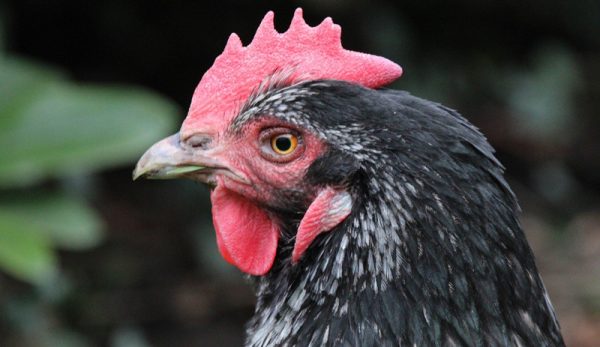
So you’ve checked with your town hall’s ordinance director—and quite possibly your neighbors—and you are legally in the clear when it comes to chicken ownership. Your backyard flock awaits! Suddenly, the world is your oyster … and the abundance of poultry pearls out there can be staggering. (There are so many chicken breeds!)
With so many sizes, colors, patterns and characteristics to choose from, you might find yourself quickly overwhelmed by chicken choices if you don’t first determine what your flock parameters are. Before you visit even one hatchery web site or head in to your farm-supply store for a Chick Days sale, take a moment to ask yourself one important question:
What do I want out of my flock?
Most poultry keepers raise chickens for the fresh, delicious eggs produced right in their own backyard. If egg production is the chief reason you wish to start a microflock, that determination is the first step towards planning your flock.
Questions to now consider include:
- What color eggs do I want?
- What size eggs do I want?
- How many eggs per week do I want?
Read more: Got a lot of eggs? Here are 6 ways to extend their shelf life!
Chicken Breeds and Egg Color
Chickens lay eggs in a variety of colors. You can get white eggs, brown eggs, blue eggs, green eggs … even pink and yellow eggs.
The color of the eggshell depends on the breed of chicken. If you are a fan of sky-blue eggs, consider raising Araucanas, Ameraucanas and Cream Legbars. These all produce powder-blue eggshells.
If you want white eggs, take a look at White Leghorns, Polish, Lakenvelders and Anconas. For brown eggs, check out Orpingtons, Marans, Wyandottes and Rocks.
For a range of pastel colors, look no further than the Easter Egger, a hybrid cross of a brown egg layer with a blue-laying Ameraucana or Araucana.
These are just one dozen of the more than 50 pure breeds and cross breeds available to raise in the U.S. Allot some time to research which breed(s) you’d like, once you determine which color(s) you want.
Size of Eggs
Chicken eggs come in a variety of sizes. In the U.S., the size range starts at Peewee (about 1.25 ounces) and continues to Jumbo (approximately 2.5 ounces). Most Americans prefer large eggs, as these are the kind most often called for in recipes. However, you may prefer small, or you might like jumbo.
Once you decide what size egg you would like, research the chicken breeds under consideration to see which produce your desired egg size. Typically, bantam hens lay peewee and small eggs, while large-fowl hens lay medium, large, extra large and jumbo eggs.
But the size of the hen doesn’t always match the size of her egg. Orpingtons, for example, though quite large, only produce eggs that are medium in size, while the gigantic Jersey Giants produce large to extra-large eggs.
Read more: Want more stories like this delivered to your inbox? Sign up for our newsletters!
Frequency of Egg Laying
Every hen produces eggs, and then there are those overachievers that are veritable egg factories. The ISA Brown, a mixed-breed bird developed in France in the late 1970s, can produce up to 350 eggs per year, while the purebred Rhode Island Red, White Leghorn and New Hampshire lay upwards of 250 eggs per year.
Conversely, the puffball Cochin produces approximately 130 eggs annually. The stunning Sumatra, however, only lays about 100 eggs per year. Most standard breeds lay in the area of 180 to 200 eggs every year.
To ensure your flock provides you with just the right number of eggs, calculate how many dozens you purchase in a month. Then multiply that number by 12 for one year’s worth.
For example, if you go through four dozen eggs each month, your total annual consumption is 48 dozen eggs—or 576 eggs.
Next, calculate how many hens from your desired chicken breed (or breeds) will come close to your annual egg consumption. Don’t forget how many hens your local ordinances permit. If you are only allowed three hens, and you consume 576 eggs per year, a microflock consisting of an Orpington, an Easter Egger and an Ancona—each laying about 190 eggs per year—will provide you with a rainbow assortment of eggs in the quantity you desire.
You might have to mix, match and switch it up to determine exactly which chicken breeds make the cut and become part of your flock.




